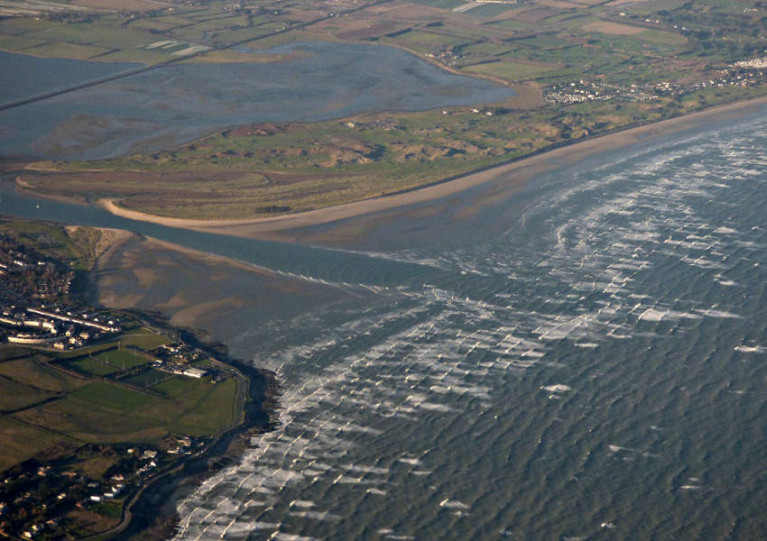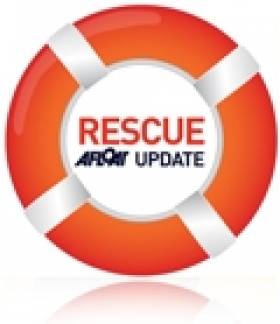Displaying items by tag: Broadmeadow Estuary
Two Men Plead Guilty To Illegal Net Fishing In Malahide
Two men have pleaded guilty on charges relating to illegal net fishing at Broadmeadow Estuary in Malahide, Co Dublin.
On Tuesday 28 July, Maxim Loan and Gheorgie Pingica appeared before Judge Bernadette Owens at Swords District Court in respect of breaches of fisheries legislation at Broadmeadow Estuary on 5 August last year.
Fisheries officers from the Dublin District of Inland Fisheries Ireland (IFI) said that on the night in question, surveillance was carried out on a net that had been staked in the estuary.
Later that night, IFI officers observed two individuals retrieving and servicing a net and placing it in a vehicle.
Officers carried out a search and seized a net 68 meters long which contained mullet and flounder, and the men were apprehended.
Judge Owens convicted Loan and Pingica under Section 102 of Fisheries Amendment Act and imposed fines totalling €1,000, and awarded costs to IFI of €1,814.
Brian Beckett, director of IFI’s Eastern River Basin District, said: “Our officers enforce fisheries laws in both covert and non-covert operations dedicating significant surveillance man-hours in the protection of our valuable fish populations.
“Illegal nets are very damaging to vulnerable estuary fish stocks including salmon, sea trout, bass and mullet along the East Coast. This conviction highlights the persistent issue of illegal net fishing which is a serious environmental crime and will not be tolerated.”
Flood Evacuation Exercise in Fingal This Weekend
Members of the public are invited to attend a major flood evacuation training exercise this Saturday at Broadmeadow Esturary in Swords, Co Dublin.
Rescue and boat rescue crews from the Irish Coast Guard are sceduled to join teams from the Dublin Fire Brigade, the Civil Defence Fire Service and Gardaí in the exercise, which will simulate the rescue of a group of people stranded after a flash flood.
The crews will test water rescue and river search procedures, with an emphasis on general water safety and providing assistance to other search and rescue agencies.
The excercise will begin at 11am on Saturday 16 April and will last for one hour. Members of the public are welcome to observe must must obey any instructions and must not interefere with the exercise.
For more information contact Bill Powderly, assistant chief Civil Defence officer with responsibility for the Fingal Area, at [email protected] or 086 380 5197.































































